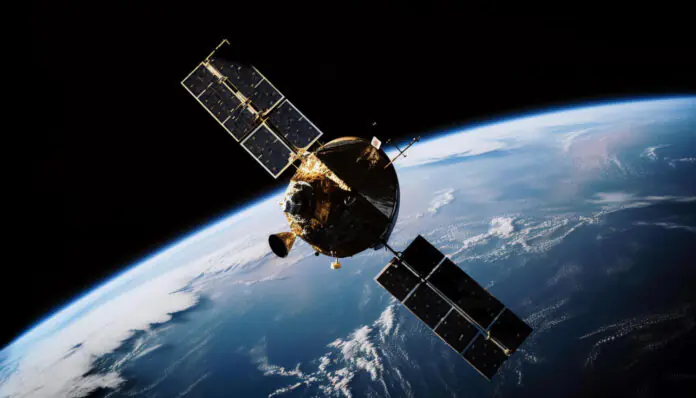New satellite technology to monitor methane emissions from oil and gas companies
In a groundbreaking collaboration, Google and the Environmental Defense Fund (EDF) have announced the development of a new satellite feature that could play a crucial role in the fight against climate change.
The MethaneSAT satellite, set to launch next month, is designed to measure methane leaks from oil and gas companies worldwide. Methane, with its potent warming power, is a significant contributor to global warming, accounting for nearly a third of human-caused global warming.
Embed from Getty ImagesThe partnership aims to hold companies accountable for their environmental impact by providing real-time data on methane emissions. MethaneSAT will circle the Earth 15 times a day, pinpointing sources of methane almost anywhere in the world.
Google plans to share the data collected by MethaneSAT at the end of the year, making it accessible to everyone. This will enable energy companies, researchers, and the public sector to anticipate and mitigate methane emissions effectively.
Yael Maguire, vice president and general manager of sustainability at Google Geo, explained that the satellite will map oil and gas infrastructure in the same way it does trees, crosswalks, and intersections. This data will help identify which types of machinery are most susceptible to leaks.
Steve Hamburg, the EDF’s chief scientist and project lead for MethaneSAT, emphasized the urgency of cutting methane emissions from fossil fuel operations and agriculture. He stressed the importance of global data to understand methane emissions and their impact over time.
The launch of MethaneSAT comes at a critical time, with 2023 recorded as the hottest year on record globally. The collaboration between Google and EDF highlights the importance of technology and data in addressing climate change and protecting the planet for future generations
